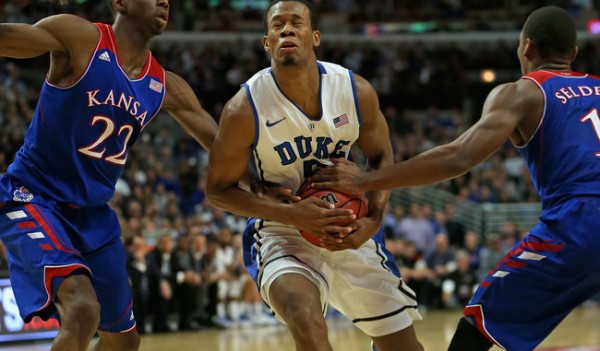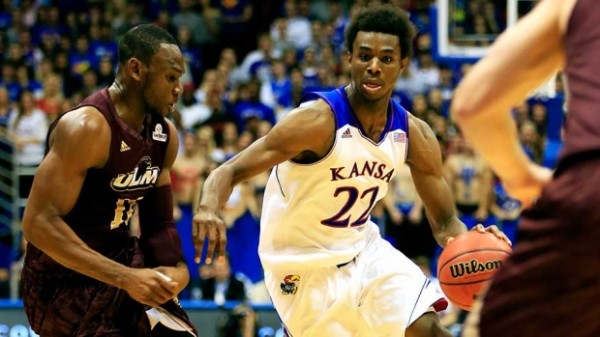Impact of Transfers on the ACC Narrative
Posted by Christopher Kehoe on January 9th, 2014There has been a multitude of change in the college basketball landscape this season and the ACC is no exception. Incoming teams Syracuse, Pittsburgh and Notre Dame have had good to great success in their inaugural ACC seasons, with the Orange and Panthers looking like two of the conference’s most elite teams. Even Notre Dame, likely the weakest of the three after losing star guard Jerian Grant, has had its shining moment in defeating Duke last weekend. While the ACC has taken some hits and cannot lay claim as one of even the best two conferences in the nation, those three teams have done their fair share to elevate the overall profile and are not to blame. And as the college basketball landscape shifts, so too do the tactics and strategies used by coaches and programs to keep up with competitive trends. The utilization of transfers was once something of a rarity among power conference teams and an equalizer for mid-major programs, but it is now becoming a more widespread commodity. The ACC is not unique in that regard, as the league has its fair share of transfers playing major roles on its teams this year.
Transfers can often be viewed as damaged goods, and some people tend to shy away from them as a result. But with many young athletes bouncing between high schools for various reasons, it has become more of a collegiate trend in recent years for players to seek instant gratification elsewhere. Coaches have learned that some transfers can bring an instant dose of maturity to a team and provide leadership and experience to propel a team to the next level. Many successful programs today have used that to great effect, including 14-0 Iowa State and 13-1 Oregon. It is difficult for a coach bring in new players and get them to mesh properly, and sometimes it backfires. UMass senior guard Chaz Williams is a great example of a successful transfer on an Atlantic 10 contender who has played a large role in turning Derek Kellogg’s program around. While the ACC doesn’t have any of those this season, the seven ACC transfers listed below have been meaningful contributors and are not too shabby in their own right.





















































